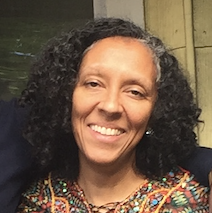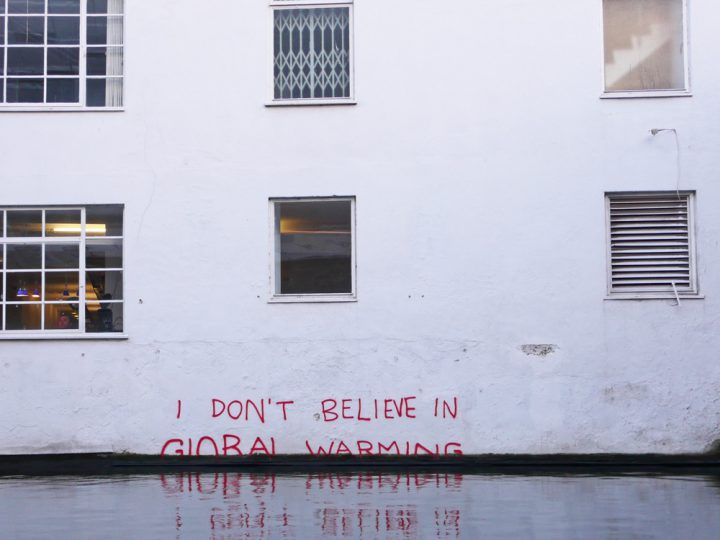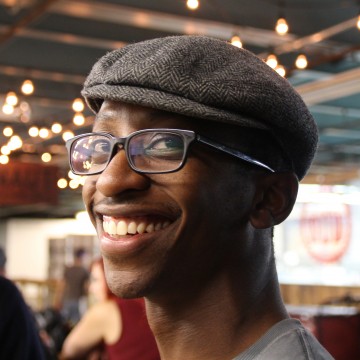Posted in Learning Edge
August 2, 2017

Photo credit: Ginko biloba leaves by James Field (Jame). Ginko trees are considered endangered even though they are cultivated worldwide, because so few live in the wild. This file is licensed under the Creative Commons Attribution-Share Alike 3.0 Unportedlicense.
I’ve often said that language is difficult, but it’s all (or at least most) of what we have to communicate complex ideas. I can remember when doing “diversity work” was seen as cutting edge, relevant, and powerful. It was an effort to change historic structures of exclusion, to change outcomes for people of color and women who suffered the brunt of racism and sexism. It was a chance to speak truth to power, and it seemed for a while that power was listening. Until it wasn’t. Or, more precisely, until the listeners started to hear “diversity” and think only about “heterogeneity.” With the stroke of a pen checking off boxes, the work was domesticated, watered down, simplified, and downsized into simply getting different faces in the place. And folks who were thinking bigger thoughts had to find new ways to talk and to get others to think and act on inclusion and equity.
I remember in the mid-2000s when I started saying “We don’t do diversity work, but if you want to think about diversity, equity, and inclusion, we might be the right people for you.” Now, I’m afraid, that equity might be running its course. I’m encouraged, on the one hand, by how many more people and organizations are asking questions about equity. And about how the equity conversation focuses on what we want, not what we don’t want. I’m all about the positive vision of life chances fulfilled without barriers based on any aspect of identity. And it’s also clear to me that some of those folks are using the language of equity precisely to avoid talking about racism, sexism, and other -isms that produce and sustain inequities. Somehow “equity” and even “inequities” are more comfortable rolling off the tongue than racism, classism, sexism, or homophobia. I wonder if “equity” as a concept is headed the way of “diversity.”
Still, if we are going to advocate for equity as the superior growth model for our country, as our friends from PolicyLink have so aptly argued, I wonder what language will help to keep our attention focused on dismantling the drivers of inequity in order to increase the odds that we’ll actually achieve something approaching equity. The science surrounding the origins, consequences, and remedies for unconscious bias or implicit association seem to be promising entry points for some people who are reluctant to enter a discussion doorway marked “racism” or “privilege.” And, research and practice around communications and messaging gives us other avenues to pursue. In these days of particularly fraught racial discourse, what are you finding useful in your practice? What are you finding gets in the way?
July 18, 2017
One recent night, my son stomped out of the house, hurt, telling me that I should stop defining who he is and what he can do. My daughter followed after him, asking that I think about what I had done to cause the blow out. I meditated, cooked dinner, and two hours later we were eating a great puttanesca together.
That evening – and other parenting moments – have led me to recognize that my best liberation and change work these days is mothering. While there is so much to write and share about parenting, here I will glean what I can from my children about ways to improve work.
Here are five things I do with or learned from my kids that might work for you as well.
-
Play
Just do it. Be silly, open up new parts of the brain, laugh, release endorphins. Do it at home and do it at work. Brain science tells us that laughter and play opens us and what flows is much more effective than working from worry and constriction. It does not mean that there are not real-life worries and real dangers everywhere—poor health and racism, for starters—but it is an invitation to play along the way. I re-learned how to play from my kids. I invest time in being as goofy with them as possible and bringing some of that spirit of laughter and fun into my work. We work a lot, it should be fun and fun generates new possibilities. What is the work equivalent of running through the fountain or blowing bubbles? What do you do at work to create fun and be creative?

-
Honor who they are and not only what they do or how well they do it
In work settings and movement building efforts we of course need to keep our eye on results. In racial equity work, that focus is particularly important as we have seen how changes in laws do not necessarily lead to changes in heart, nor does understanding lead automatically to reducing disparities. And yet, we know from parenting that honoring who a person is and valuing them for that is so much more important for long term well-being and success than a good grade or accomplishment. How can we keep our eye on the big changes as we honor ourselves and our co-workers for who we are and the spirit and talents we bring and not just what we produce?
-
Be present
Walking down the street, it is often the adults walking with children—holding hands or skipping or watching the trains – who seem most present and look happiest. It is a reminder that of how critical presence is for all of us. At a recent convening, The Confluence sponsored by MAG, someone offered this gem: “less prep, more presence.” Let’s make sure that we bring impeccable presence to our workplaces. Whether at large gatherings, staff or member meetings, or one-on-one conversations, bring your full presence. How do you stay present, planting seeds that flourish in the moment and over the longer term?
-
Show love and caring
While this may be an “of course” in family, it needs to be just as much so in the workplace. At a network gathering last week, I went to the bathroom, tired, after facilitating a challenging session on health equity. I found someone there in tears, having just lost a family member. I was able to show her some tenderness. The next day she reminded me how important the care I offered was for her and, in fact, opened her to learning. These moments, large and small, present themselves daily. What is the workplace equivalent of the schnuggle? Can you find more moments to show love to your co-workers and partners? What might that elicit?
-
I don’t need to be in something with my kids to know how incredible it is for my kids.
While my daughter plans a social justice orientation program for students at her college, I can simply watch her and her peers create and experiment; I can stand aside and watch it blossom. I have to let my kids experiment in the world and experience their ups and downs. I don’t have to help or be in it to know it will be an incredible learning experience. This is a good reminder to allow people to try new things and to flourish and stumble with their work, and learn from it all along the way. How do you practice standing aside?
People in organizations – just like in our families – need this level of tending and love. We all need play, space, and autonomy to create great things. It is a truism that change starts at home. Perhaps it is less clear that home can improve our work. Let’s garner those lessons.
What else can we learn from the kids?
July 18, 2017
(I want to give a BIG shout out to Marsha Boyd for helping to inspire this post with her words and spirit. Thank you, Marsha, for your collegiality, mentoring, and leadership by example!)
For the past couple of weeks, I have been savoring a book by Nora Bateson entitled Small Arcs of Larger Circles: Framing Through Other Patterns. Bateson is a filmmaker, writer and activist, and also the daughter of Gregory Bateson, ground-breaking anthropologist, philosopher, systems thinker, cyberneticist and author of Steps to an Ecology of Mind. Small Arcs of Larger Circles is a mind-stretching and heart-opening amalgamation of essays, poetry, personal stories and excerpts of talks. Throughout Bateson offers a ranging exploration of systems theory and complexity thinking with an invitation to embrace a broader epistemological lens (what people think of as sources of legitimate knowledge) including embodied knowing and aesthetic experience.
In an essay entitled “The Fortune Teller,” Bateson explores the human tendency to stave off consciously or unconsciously anticipated disaster and decline by trying to keep things stable or as they have been. Think the most recent financial crisis. A recent article on the site Evonomics entitled “It Takes a Theory to Beat a Theory” reminds us of the story of former Federal Reserve chairman Alan Greenspan, a champion of unfettered capitalism. Greenspan fought against initiatives to rein in derivatives markets even as there were signs of turbulence and calls to make substantial changes. On October 23, 2008, Greenspan admitted he was wrong, making the following statement to the House Committee on Oversight and Government Reform: “Those of us who have looked to the self- interest of lending institutions to protect shareholders’ equity, myself included, are in a state of shocked disbelief.” But what has significantly changed? Or consider a very recent article about local government efforts in Ventura County, California to site a new fossil fuel plant on a beach starting in 2020 that ignore protests from organized low-income residents concerned about air quality and lack of access to the beaches, and environmental organizations pointing out the real danger stemming from underestimations of sea level rise.
While in some ways understandable (few of us probably like the idea of collapse and chaos), actions taken to preserve a certain kind of order and direction (not to mention power and privilege) can be particularly perverse when they reinforce the very patterns that are leading us down the road to collective ruin. And what more people are beginning to sense is that many social, economic and political patterns that have been established and gotten us to where we are must change for the sake of long-term survival and thriving. Read More
May 8, 2017
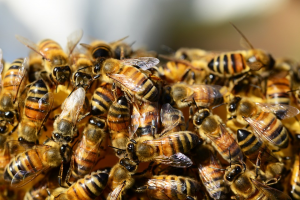
One of the many things I appreciate about adrienne maree brown’s new book, Emergent Strategy: Shaping Change, Changing Worlds, are the questions she asks over and over again: what are you learning from nature? how does nature inform your organizing and movement building efforts?Autumn Meghan Brown, interviewed in this book, talks about consensus. Building consensus is one of my favorite practices to teach in IISC’s Facilitative Leadership for Social Change workshop. People love consensus and people hate it; I’ve seen many people struggle with when and where consensus is the appropriate decision making method, and with how to facilitate an effective consensus decision making process.

IISC’s Framework: “Levels of Involvement in the Decision Making Process,” above. © 2013 Interaction Institute for Social Change. All rights reserved.
I believe two reasons for this are that we live in a society with an unhealthy relationship to time, and with a low level of skill for collaborative group process. Autumn says these wise things about consensus:
- The history of consensus is deeply rooted in feminist and Indigenous movement work
- Building consensus is the work of collective liberation
- People want consensus to be an antidote to power, but it is not! Consensus does not require equal status; it requires equal voice.
So back to brown’s question, where does consensus happen in nature? What might we learn from nature about consensus?
Read More
January 6, 2017

I along with some other colleagues was recently approached by a networks researcher and thought leader about any emerging lessons and what we perceive to be current gaps in the “networks for social change” field around knowledge and practice. We were also invited to share any blog posts that speak to these lessons and growing edges. Below is the gist of the response that I sent, and I am curious to hear any reactions, extensions, etc.
Below are links to three blog posts that I would say speak to the growing edges in my own thinking and what I am seeing as important considerations for the field going forward. To summarize, these all have to do with how to get at deeper systemic change purpose and potential (which is not always the presenting purpose or initially perceived potential when networks form), and related to that, surfacing and working with issues of power, privilege and identity.
Read More
December 19, 2016
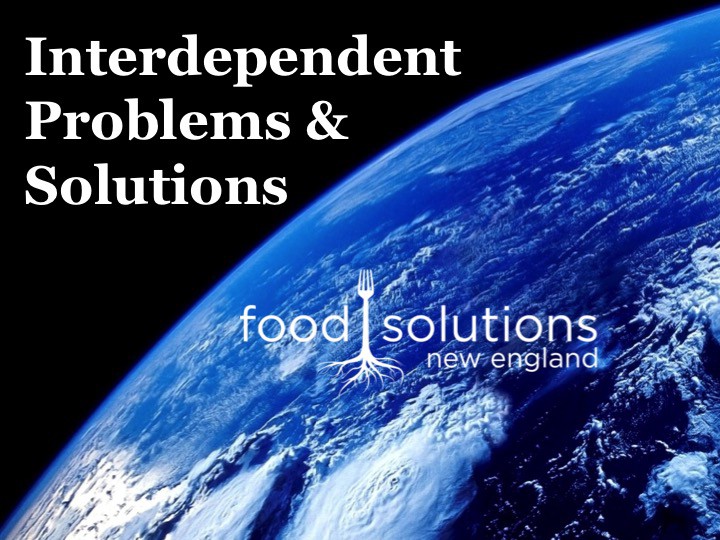
The following post recently appeared on the Food Solutions New England (FSNE) website. I have had the great pleasure and privilege of supporting FSNE for the past five years as a network design and development consultant, facilitator, and trainer. As we near the end of 2016, a year that has proven challenging to many, I continue to find some of my greatest hope in the work of this important and unique initiative, grounded in the tremendous commitment and generosity of its shared (net) leadership. This is not the first time that I have written about the work of FSNE. Other posts include: Distribution, Diversity, Dignity: Networking the “Business Case” for a Regional Food System; Leveraging a New (Food) System Narrative; Racial Equity Habit Building 2.0; Peeling Away Layers for Impact in Networks for Change; and Networks: A Love Story. The post below speaks specifically to the past year-plus of work identifying “leverage areas” for coordinated collective action …
In 2015, the Food Solutions New England (FSNE) Network Team began a year-long process to better understand how we could support the region in achieving the New England Food Vision. The Vision describes a future in which at least 50% of our food is grown, raised, and harvested in New England and no one goes hungry. It looks ahead to the year 2060 and sees farming and fishing as important regional economic forces; soils, forests, and waterways cared for sustainably; healthy diets as a norm; and racial equity and food justice promoting dignity and well being for all who live in New England. Read More
June 23, 2016
The Comms team has used #the4thbox twice now with gathered groups of people and it’s had pretty astounding results. We find it is a helpful way to get people out of an intellectual space about equity, and into an imaginative space about the world we want.
Session 1: IISC Staff and Board Day
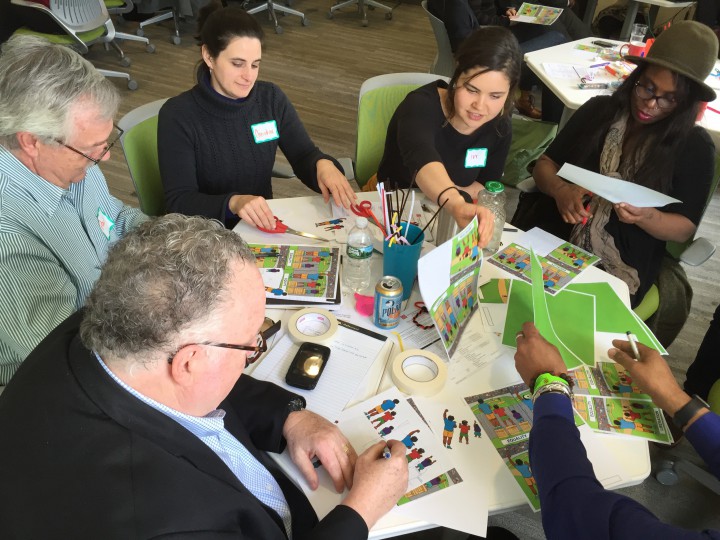
Our first use was at an IISC staff and board meeting. We were in the early stages of developing the cut-out kit with Angus Maguire and the Center for Story-based Strategy, and we used this moment to learn about user experience.
Read More
June 20, 2016

IISC Communications was ecstatic to partner with Food Solutions New England (FSNE) on the 2016 Racial Equity Challenge. IISC Comms is always trying to learn about how digital and analog interactions support each other. Given IISC’s mission “to create social justice and sustainability,” we know that both face-to-face conversations and online/digital conversations are needed. We also know that while many social change organizations are hesitant to engage in online spaces (it’s tricky, new, and the potential for backlash is high), for-profit corporations haven’t hesitated at all. In fact, they pay massive sums of money for online campaigning and research regarding how people interact with and consume digital content. Social change organizations don’t have near an equivalent amount of resources devoted to digital spaces to tip the conversation.
We saw an opportunity this Spring to join forces with FSNE’s Communications Coordinator, Johanna Rosen, to normalize conversations about race and racism. The group was hosting a second year of a 21-day Equity Habit Building Challenge. The challenge is a mix of sharing resources and sparking conversations in an effort to increase understanding about racial equity. FSNE is a network of food producers and community advocates, spread around the region with various levels of experience and access to digital media. What tools will best support this process, we asked? Read More
June 7, 2016

re·gen·er·a·tion
rəˌjenəˈrāSH(ə)n/
Renewal, revival, restoration; spiritual transformation; an aspect of living systems without which there would be no life; a process through which whole new organisms may be created from fractions of organisms; an adaptive and evolutionary trait that plays out at different systemic levels.
Readers of this blog know that at IISC we do not see building networks simply as a tactic, rather networks are more fundamental as structures underlying healthy living systems (ecosystems, human communities, economies, etc.). This is especially true when there is focus on the regenerative potential of social-ecological networks. That is, in paying attention to qualities of diversity, intricacy and flow in network structures, people can support systems’ ability to self-organize, adapt and evolve in ways that deliver vitality to participants and to the whole.
In my conversations with the Research Alliance for Regenerative Economics, we have been developing a list of design principles for and indicators of the human factors in healthy (regenerative) networks. Here is a working list of 12 and readers are invited to offer adjustments, additions, and comments: Read More
May 5, 2016
“Everything we see is a shadow cast by that which we do not see.”
– Rev. Dr. Martin Luther King, Jr.
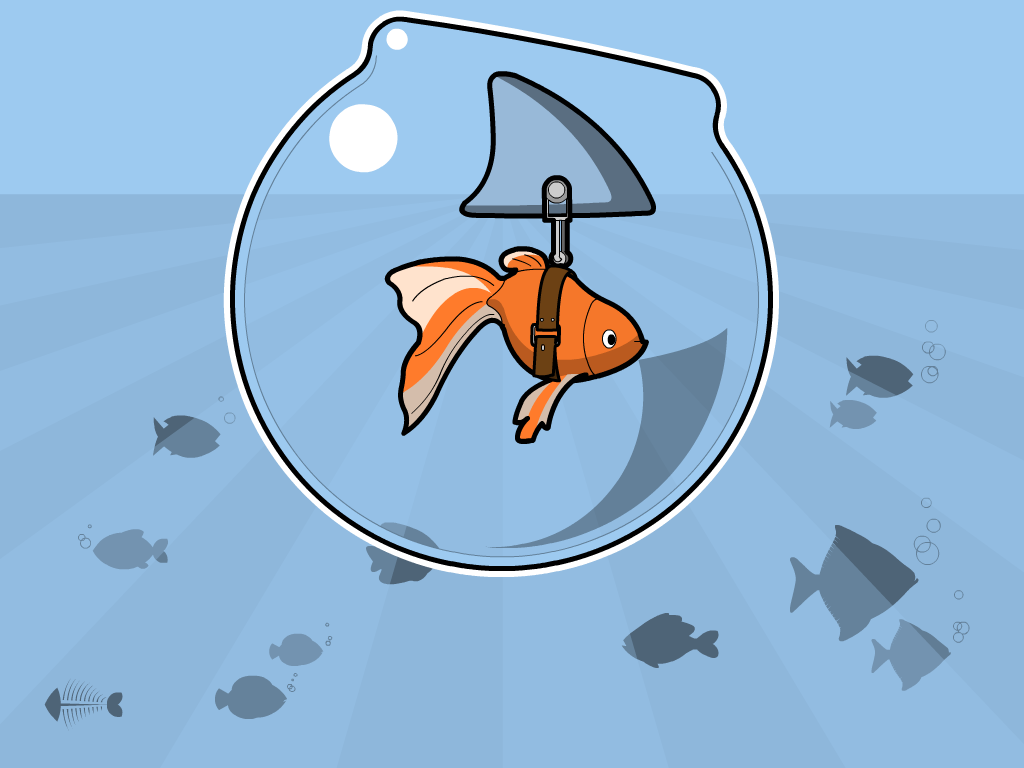
In the start-up and at transitional phases of network growth it is important for participants to get real about their constraints. Otherwise, what can happen is that people can start seeing one another as “blockers,” uncooperative, not good team players, etc.
A starting place is to ask people as they come to the collaborative table to start thinking about the constraints they have (real or imagined). These could be related to time, money, mental bandwidth, awareness, political pressure, organizational policy, comfort level with going certain places in the collective work, etc. If we define “value” holistically at the outset, we quickly come to understand that everyone has limitations and everyone has something to offer.
Trust-building is critical in helping people feel comfortable expressing certain constraints, so it is helpful to state preventatively that everyone has them, that some are perhaps not so easily spoken or may be beyond current awareness, and that it is important to get and remain curious about these, in addition to the gifts people have to offer!
Read More
April 10, 2016
On April 10, 2016, Food Solutions New England (FSNE) launches the 21-Day Racial Equity Habit Building Challenge with more than 600 participants who want to normalize the conversation about race and racism. IISC is a co-sponsor because we agree that skill building and conversations are key for collective capacity to identify and address the different manifestations of racism, whether internalized, interpersonal, institutional, or structural.
Do you want to grow, learn, and support racial equity? You can join here on the FSNE website.
You can also connect to this project on Facebook or by using the hashtag #FSNEEquityChallenge on Twitter.
IISC Senior Associate Curtis Ogden has been helping to weave FSNE’s network for over five years. He is a member of this year’s Racial Equity Habit Building team, which will include blogging about racial equity and promoting the conversation on social media. Additionally, IISC’s communications team, Lawrence Barriner II and Danielle Coates-Connor, have been supporting this year’s Racial Equity Habit Building Challenge with communications and engagement strategy.
=
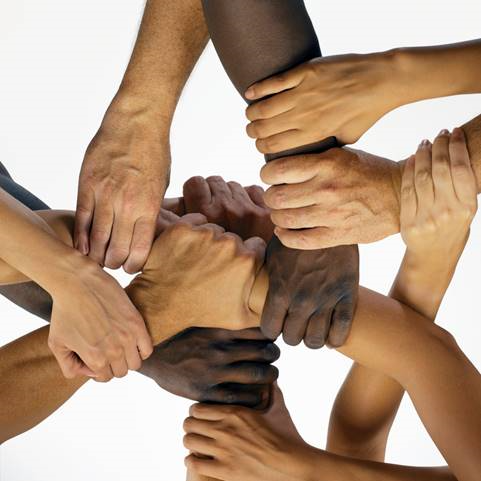
February 22, 2016
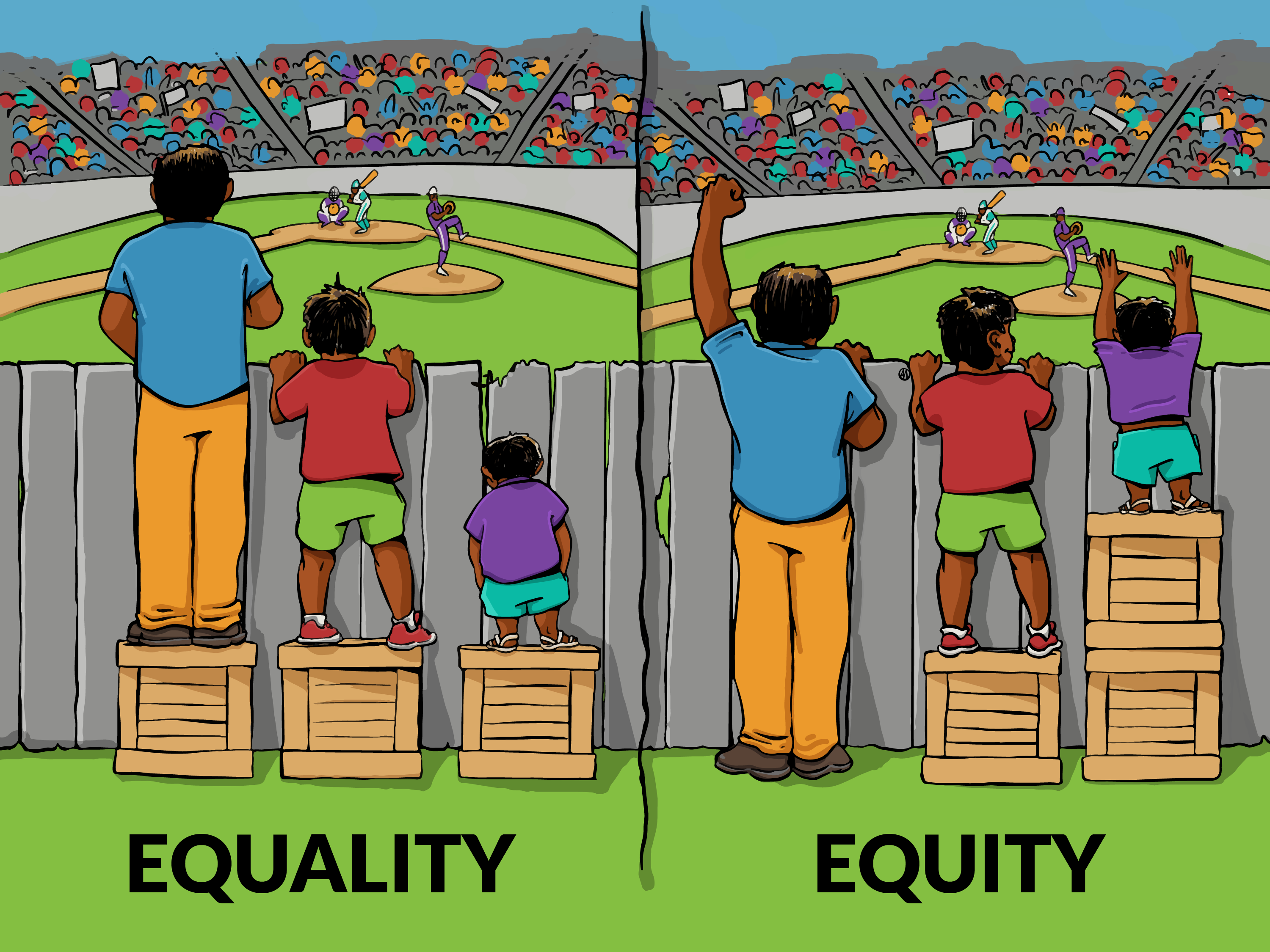
ATTENTION FRIENDS! Can you use the equality vs equity illustration in your book/video/presentation/etc?
Yes! You do not need written permission to reproduce the work. Read below for information on the license under which the illustrations are released.
In late 2015, Danielle and I collaborated with our friend and colleague, Angus Maguire, to produce the above adaptation of an old favorite (original blog post here). In the wake of the virality of the graphic on our social media channels, the three of us wanted to share a little of what we’ve been thinking since we released it into the wilds of the Internet a little over a month ago. – Lawrence
Lawrence: In all honesty, frustration was a primary driver of my interest in this project. I have seen this graphic in 15+ presentations and yet every time it seemed to be more pixelated than the last. I wanted our practitioners (and the world) to have a higher quality tool.
Angus: Collaborating with IISC on this little project was great. It wasn’t a complex project brief: essentially we set out to improve on the presentation of an internet classic. For me, it started as a great chance to experiment with a new illustration workflow – this is the first time I’ve done a cartoon like this digitally, start-to-finish. Software and hardware tools are now at a point where that’s possible for me, and I’m just getting started on the possibilities for experimentation and iteration.
Danielle: This image is popular because it creates an opening for more conversation. What works about it is that there are multiple points of entry. For the person who has never thought about equality or equity, they can see there is a difference, and begin to shift their thinking. Read More

